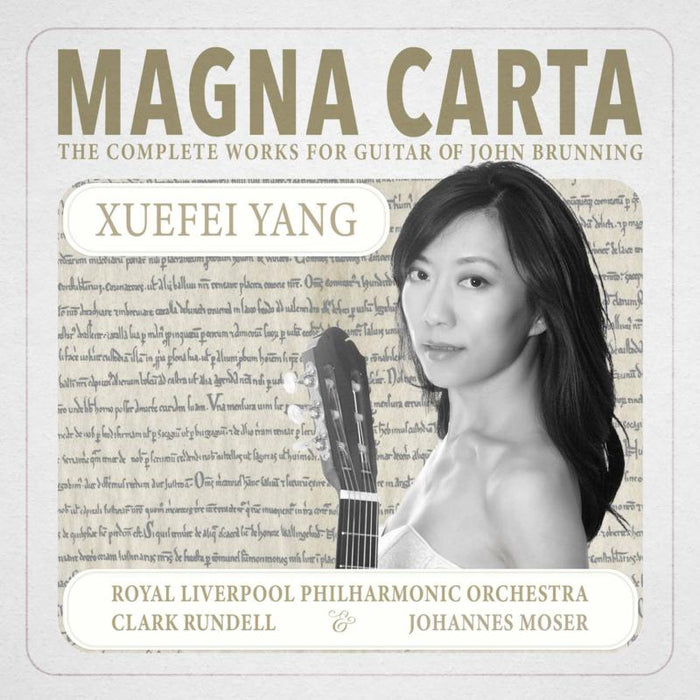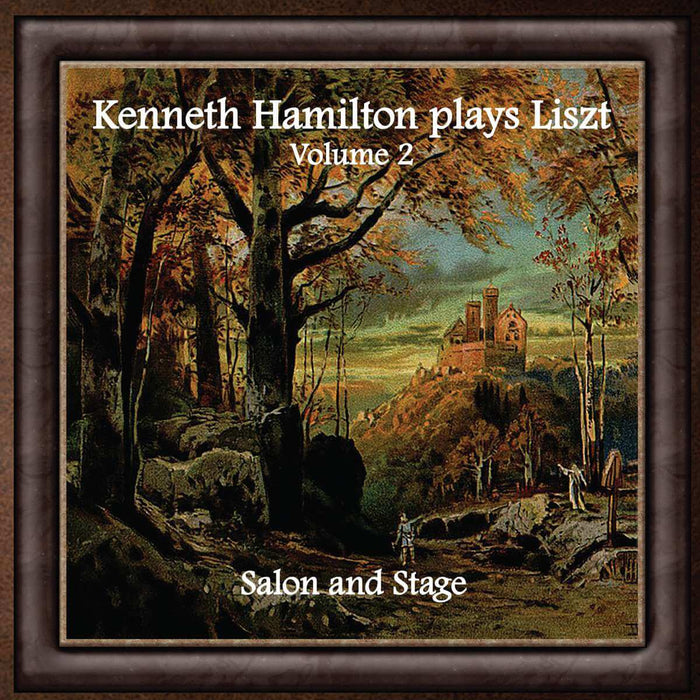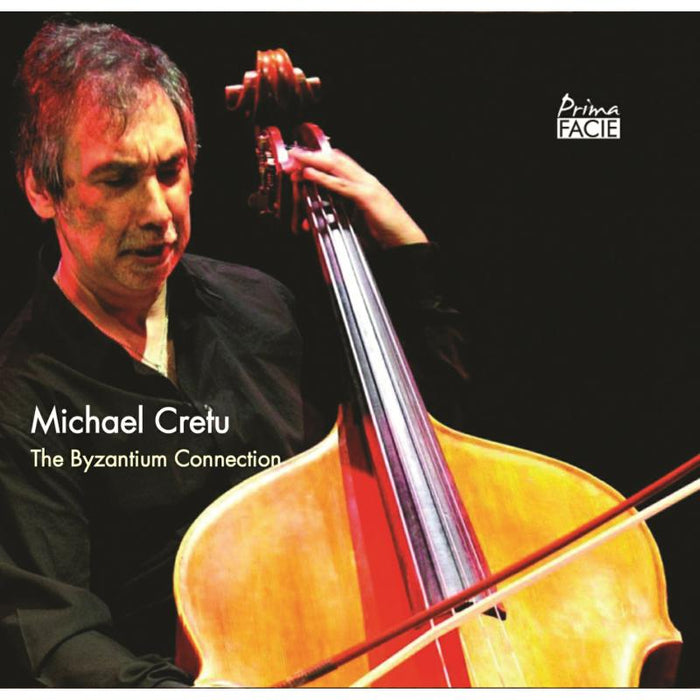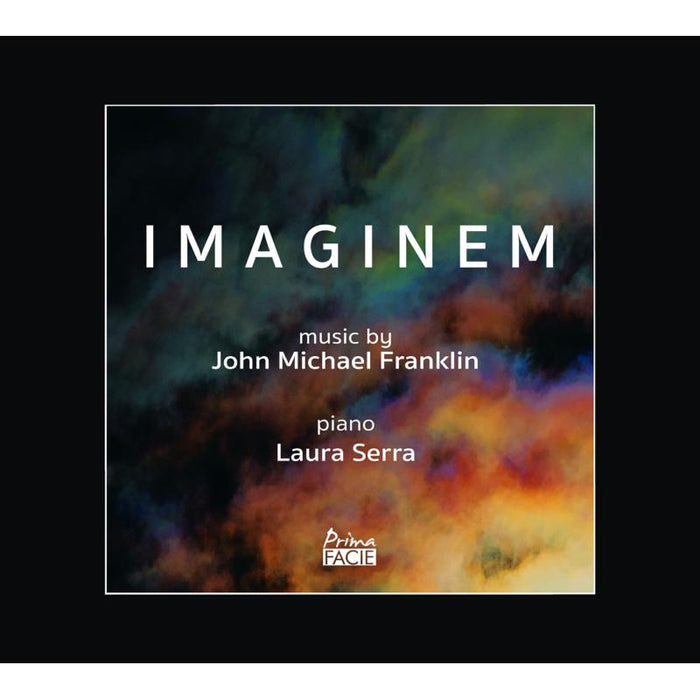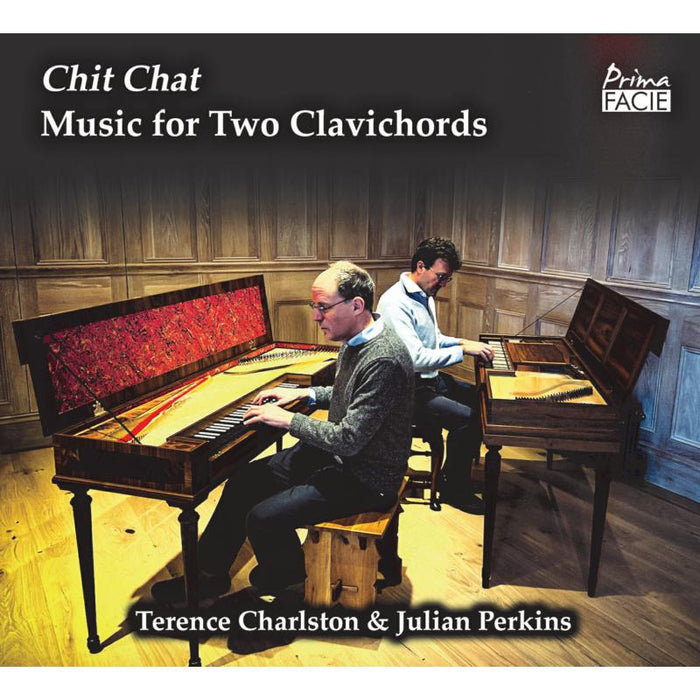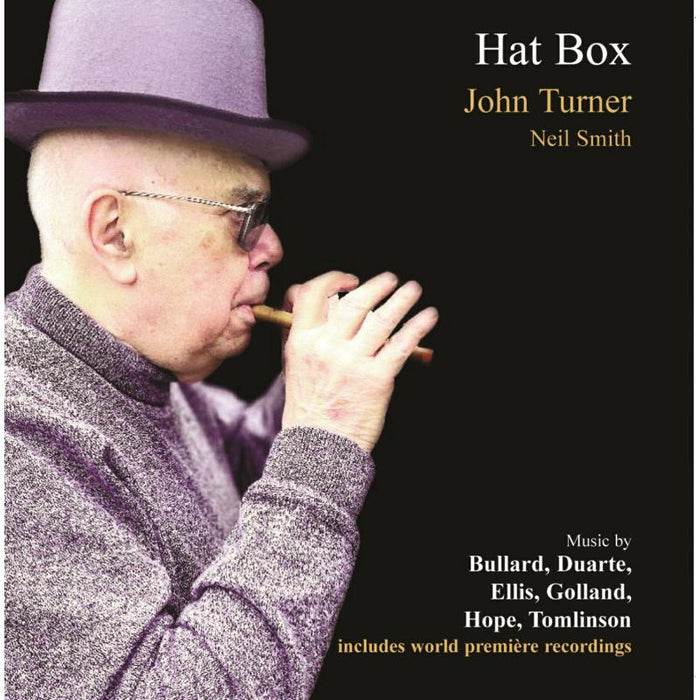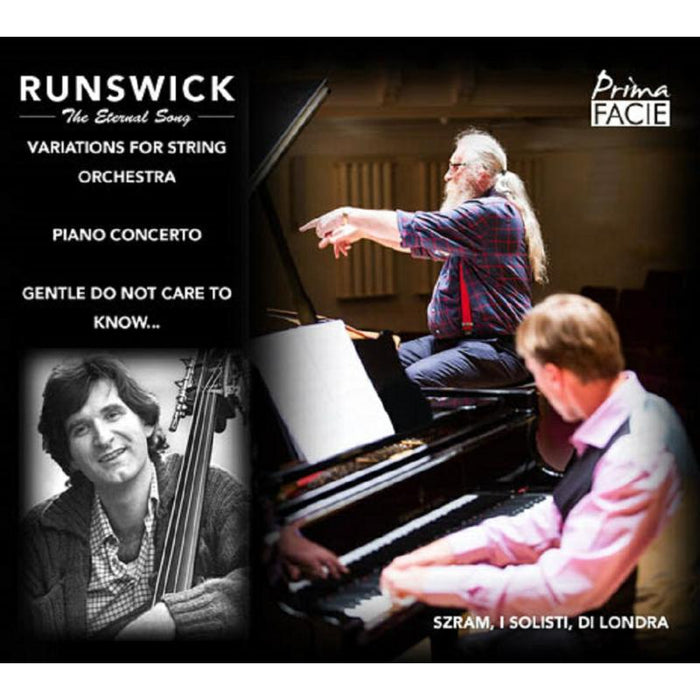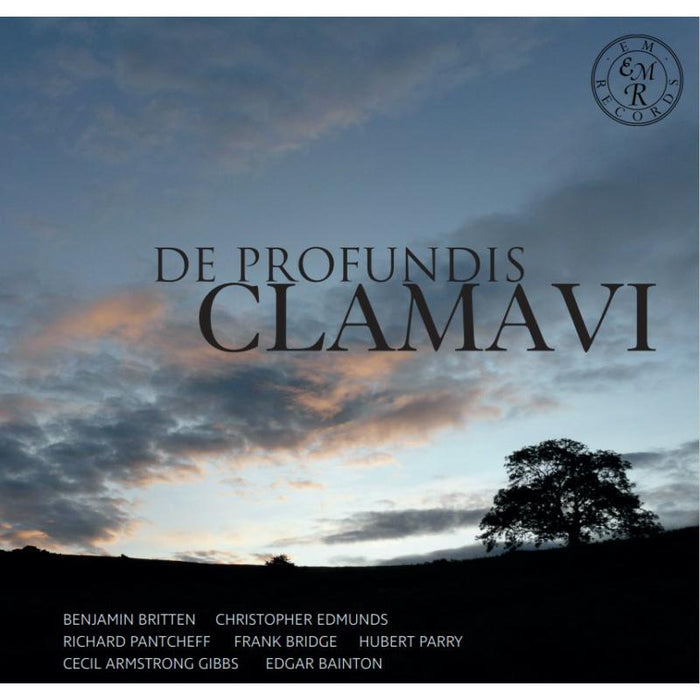Description
The 20th-century revival of the harpsichord initially enabled the playing of 17th- and 18th-century keyboard music on the instrument for which it was originally composed. But its sound gradually began to inspire 20th-century composers, and a contemporary repertoire of original harpsichord music developed.
Harpsichords built in the 20th century varied considerably in style and construction. Some of the earliest builders paid little attention to the light construction of surviving historic examples; the heavy casework and metal framing they introduced had a profound effect on the sound. The incorporation of a 16ft stop became common (rarely found on historic instruments) and pedal-operated stop mechanisms enabled rapid changes of registers in what became known as a colouristic style of playing. Some of the 20th-century repertoire was clearly composed with such instruments in mind. A work that specifically indicates use of the 16-foot stop is Ronald Stevenson's Sonata for Harpsicord, composed for Alan Cuckston in 1968. Its first movement is headed 'In Heroic Style', which could well apply to all four movements, such is the boldness and scale of its creation. It is played in this recording on a Goble two-manual concert harpsichord made in 1972.
Received opinion was that Kenneth Leighton's De profundis (1977) was conceived for an instrument of this type, and was also recorded on the Goble harpsichord. However, from the composer's programme note for the first performance, it appears that he intended use of an '18th-century style' harpsichord.
Malcolm Lipkin's Metamorphosis (1974) is not, as the composer explained, a set of variations, but rather the gradual transformation of a thematic subject having three melodic fragments. The first performance by the work's dedicatee, Heather Slade-Lipkin, was given on a harpsichord from the John Feldberg workshop constructed in 1971 and thus similar in character the Goble mentioned above. Nevertheless, we chose to record the work on a harpsichord made in 1991 by John Barnes after an instrument by Albertus Delin of about 1750. Its crisp, resonant sound seemed to bring a particular clarity to the textures of Lipkin's harpsichord writing.
The sound of the Barnes harpsichord also enhanced the dissonant chord clusters, bravura flourishes and intricate two-part writing of John McCabe's The Greensleeves Ground, composed in 1966 for Igor Kipnis, but apparently never performed by him.
The harpsichord's contemporary repertoire has grown steadily, and in the third decade of the 21st century, composers are continuing to find inspiration from the instrument and its players. Having a contemporary repertoire has indeed enabled the harpsichord to achieve a maturity in which it is heard and appreciated in a way that enhances its long history and heritage, of which the music on the CD is especially representative. - Andrew Mayes


